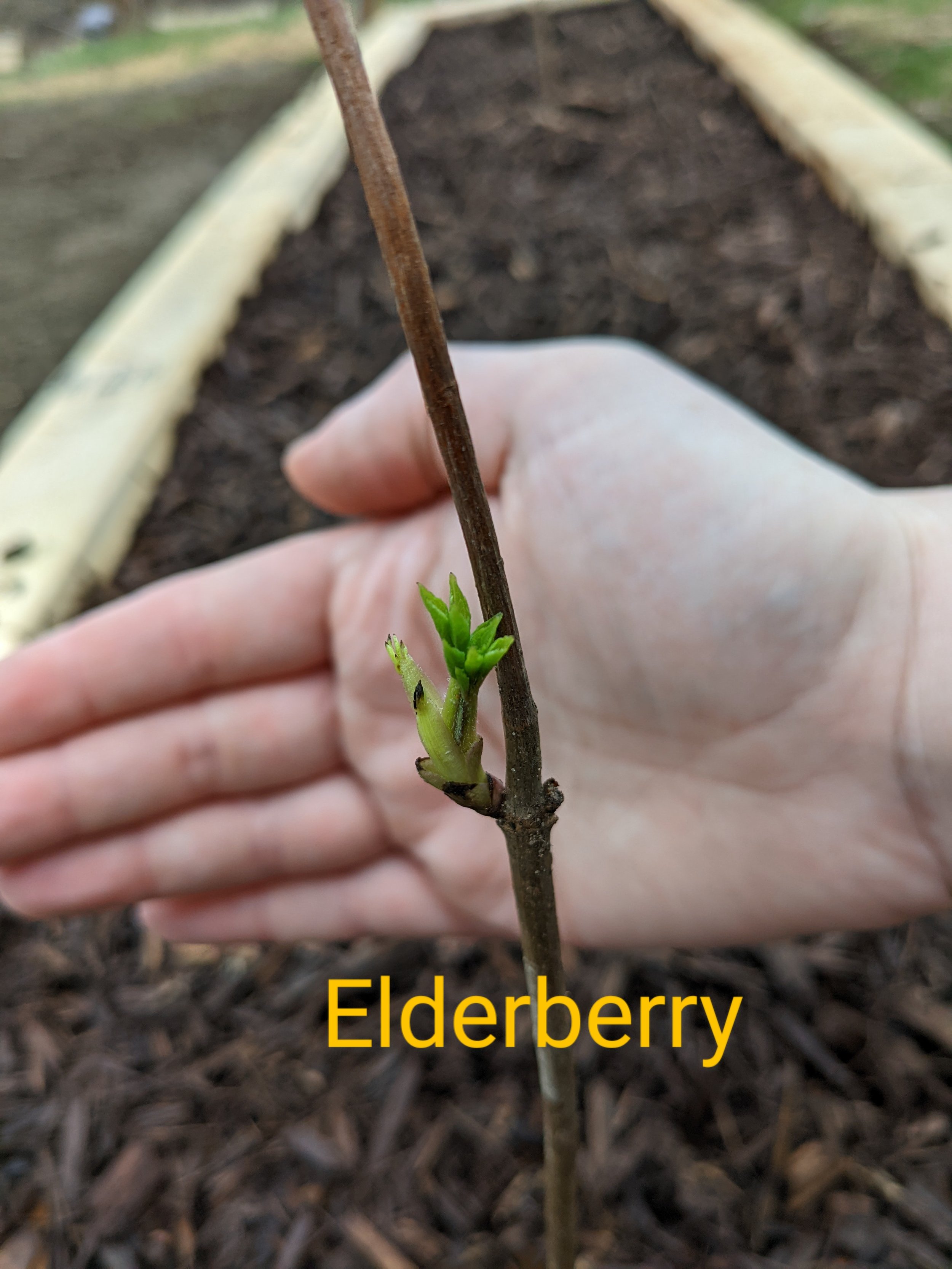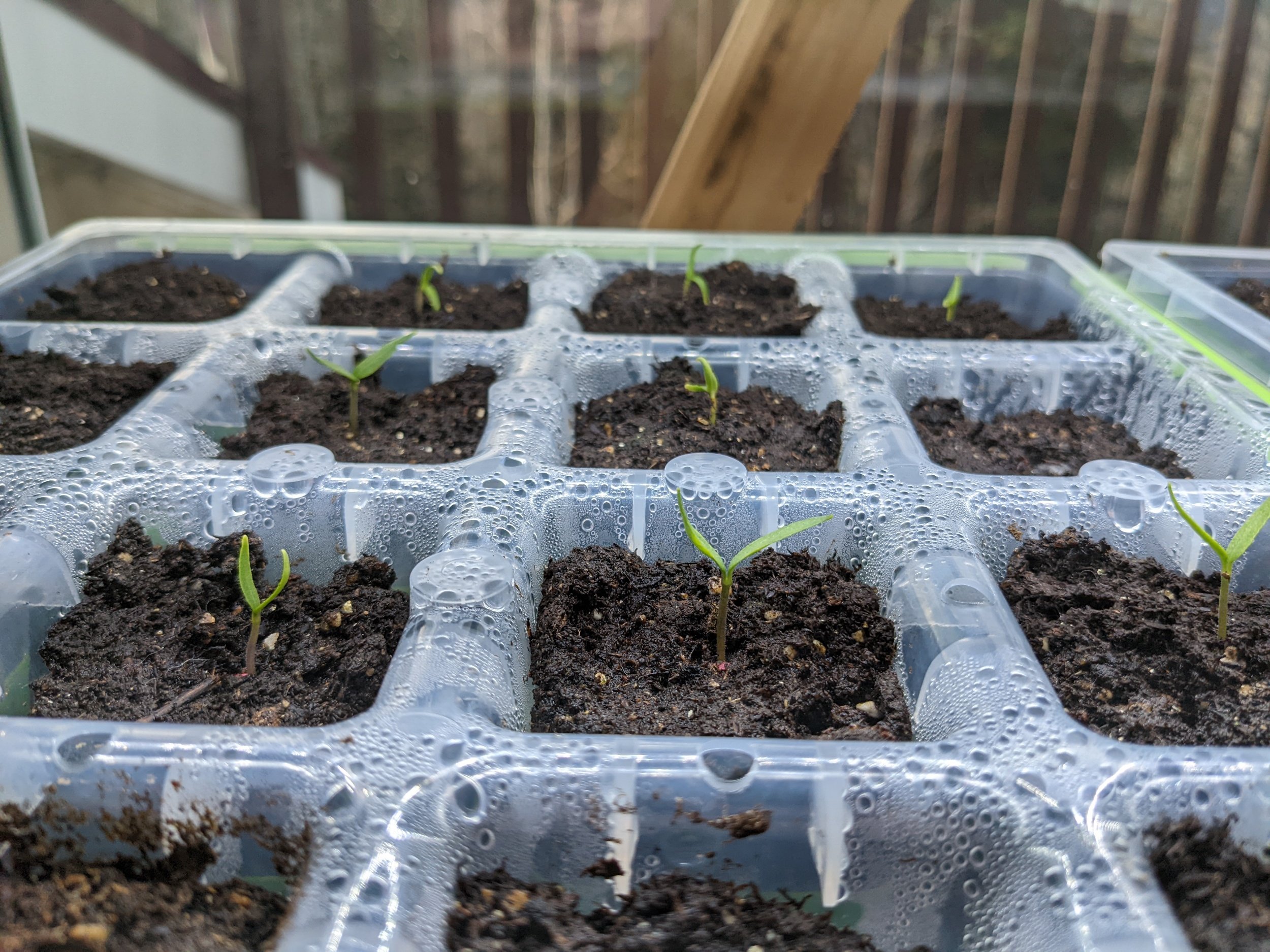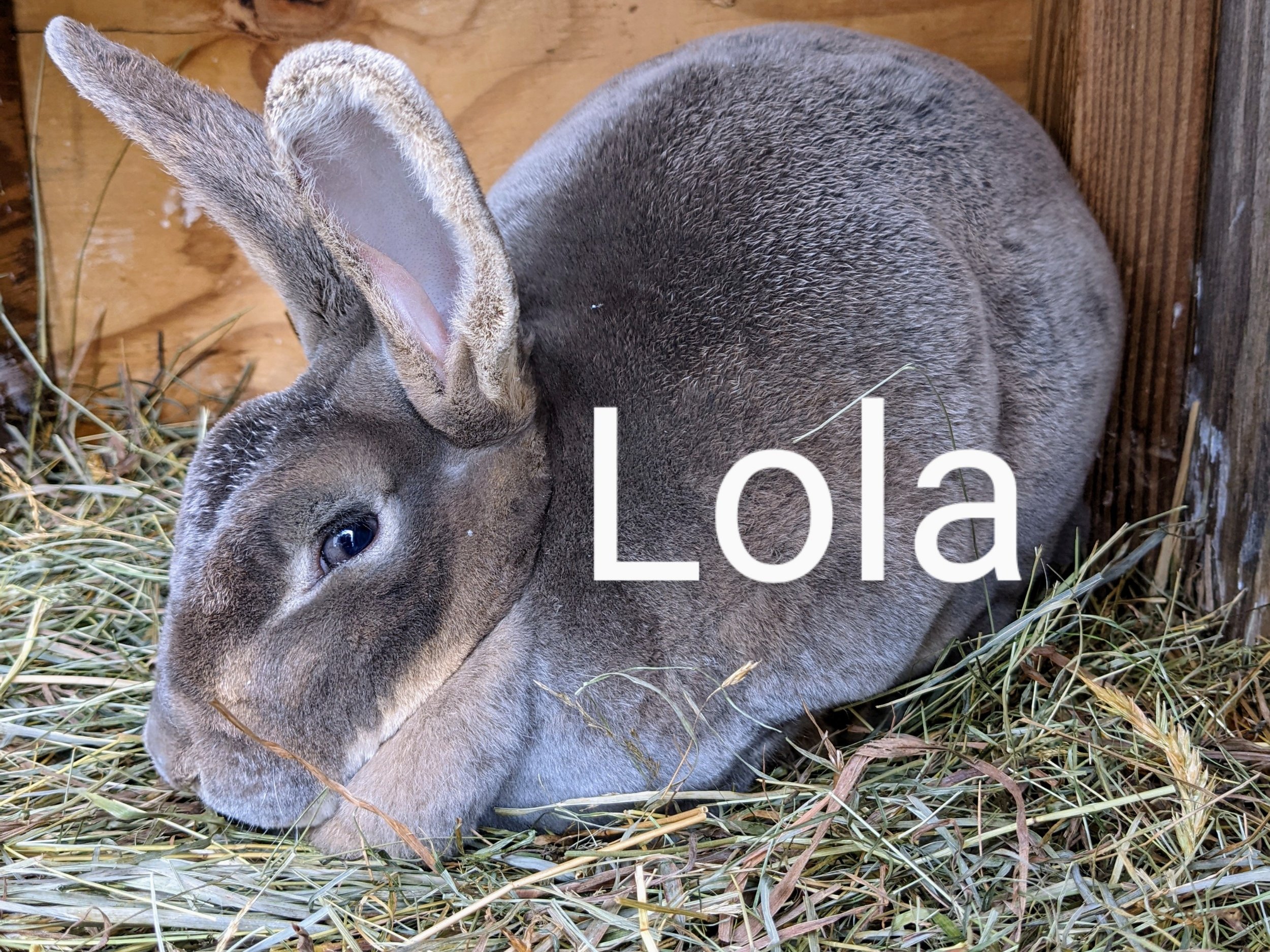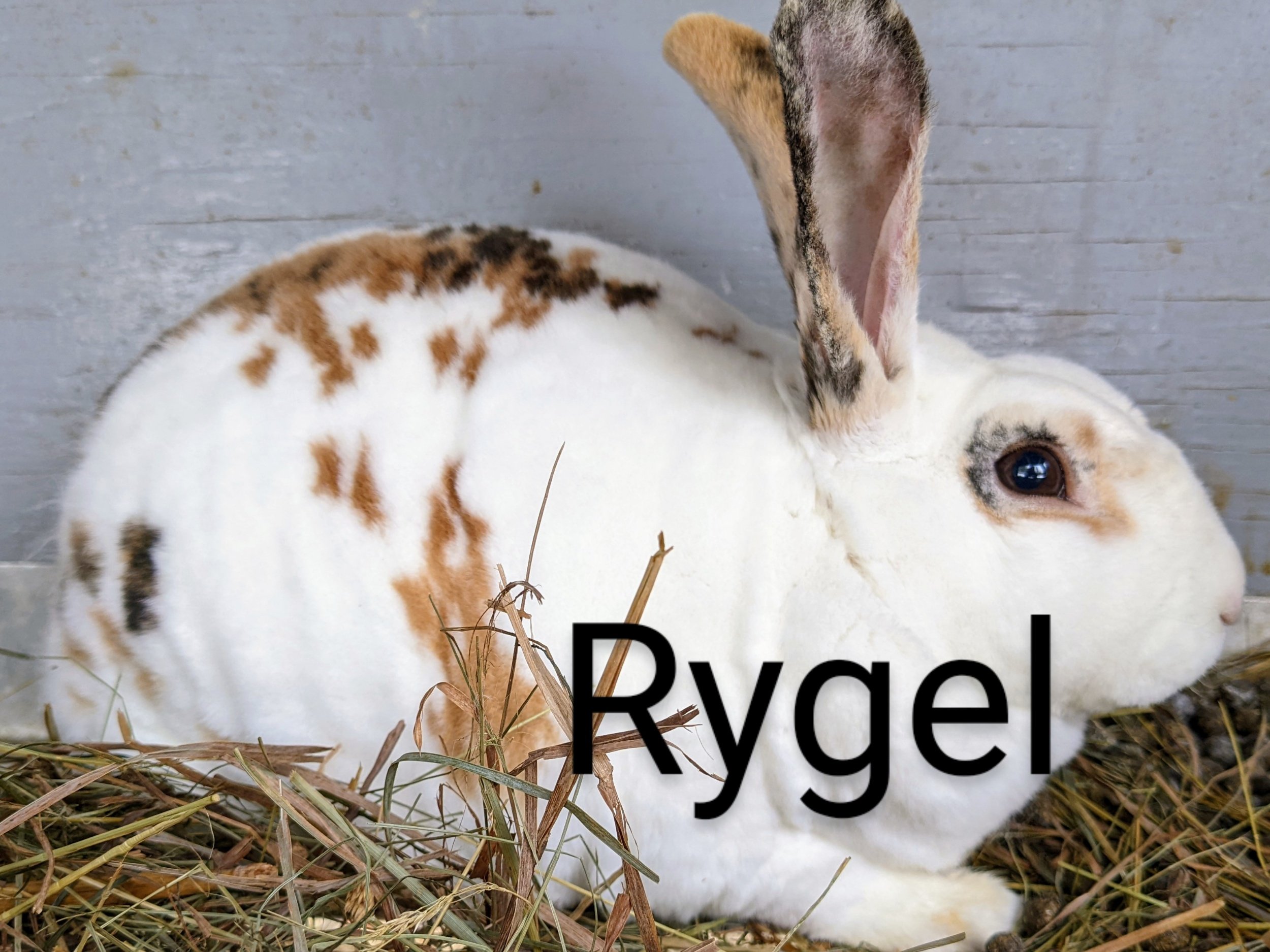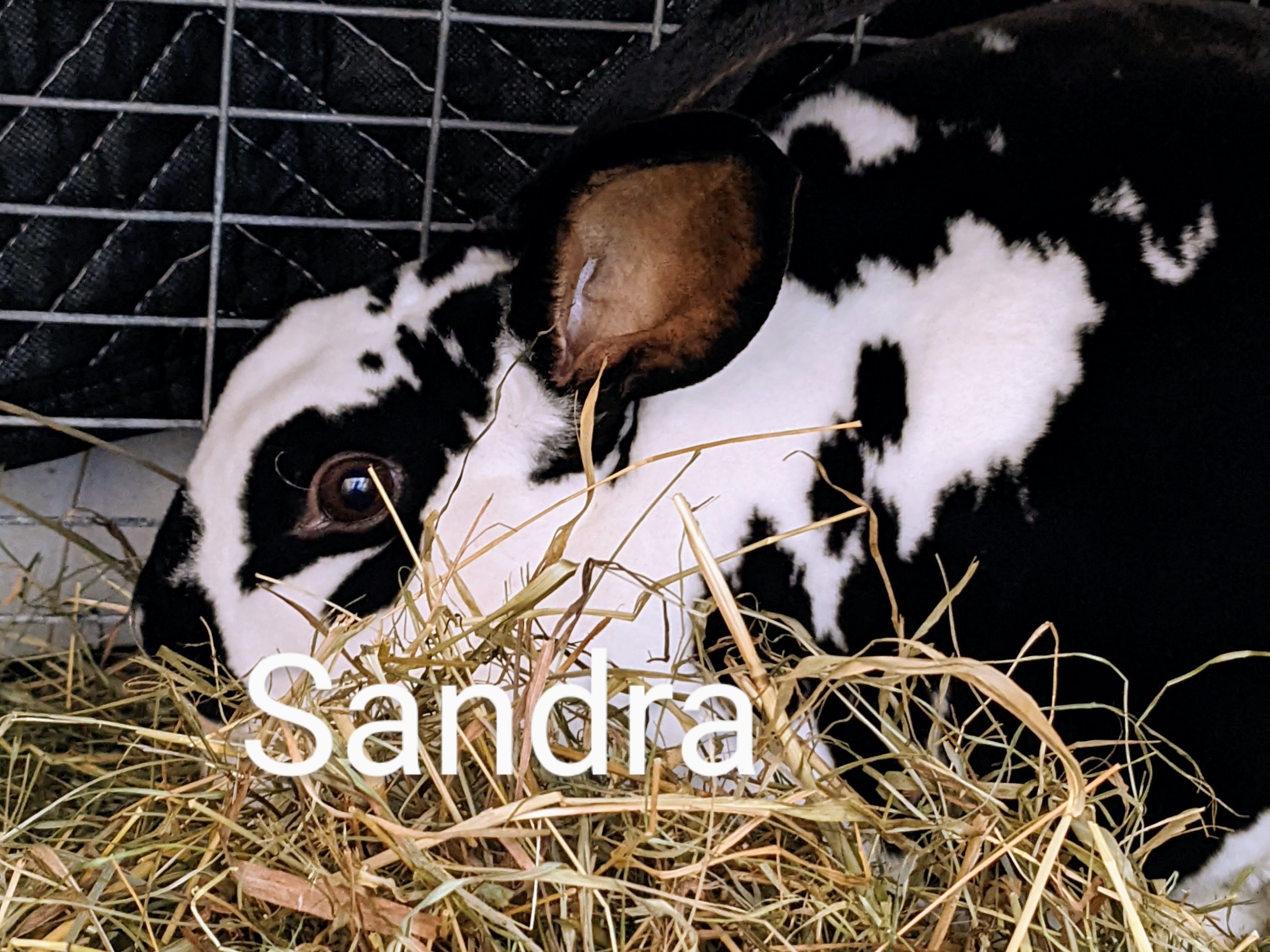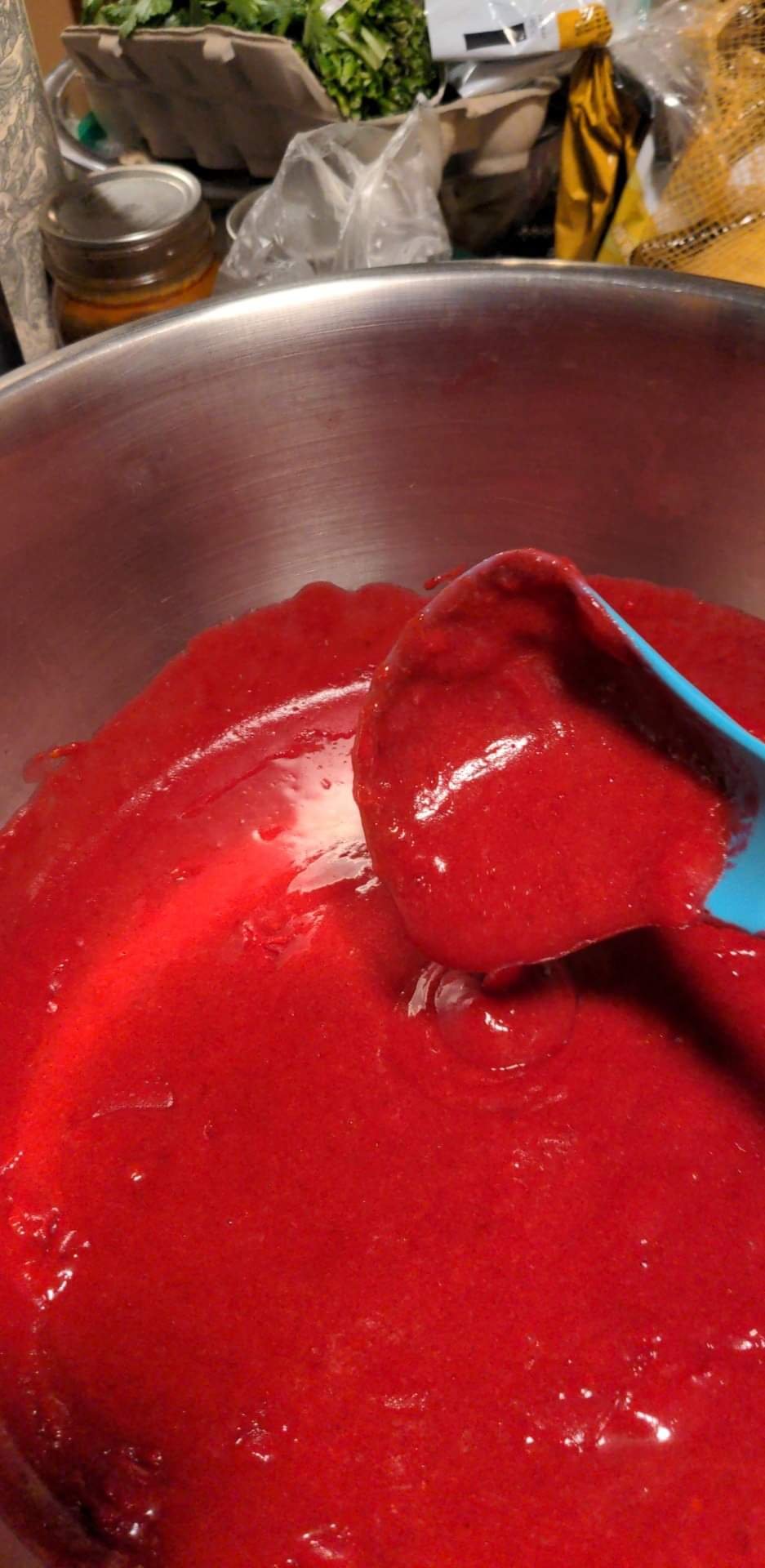Welcome back to the blog!
New Hampshire does an annual hive loss survey of all the registered apiaries in the state at the end of the winter. They question such things as: how long have you been keeping bees, how many hives do you have, how did you test for mites (if at all), and when, how did you treat (if at all) and when, how many hives did you lose, etc. Then they compile the data, I found the results very interesting.
We kept bees in 2018 and 2019, and took 2020 and 2021 off, and this year have added honeybees back to our farm. This is my recollection of the hive loss survey results that I read in 2019, so please forgive me if it isn’t 100% accurate. My understanding of the results was that it showed very clearly the steep learning curve I had undertaken. It showed that, controlling for all other factors, 1st year beekeepers average 80% losses, whereas 5th year beeks had closer to 20% losses. In my mind, that meant that research aside, preparedness aside, that there is a difference between studying the thing and doing it. I found comfort in knowing that I wasn’t a complete failure for losing 3 hives in 2 years. I was just learning (if that seems obvious to you, then you haven’t spent any time in beekeeping groups on social media! There are always people who are quick to shame newbees for “killing” their hives through inexperience.)
BUT HERE’S THE FUN PART! This year we added bees back. This is year 3 of keeping bees, but I’m also a bit rusty as I took 2 years off. The interesting thing is how much more I can see this year! In the past I was always guessing whether I had actually seen eggs. I had a hard time telling the queen from a drone. This year I can SEE the eggs, consistently, reliably. I am no longer guessing whether we have eggs or not.
Because of this, during last week’s hive inspection, I did a walk away split. I found swarm cells (queen cells located along the bottom edge of the frames) and they had eggs in them. I found the queen, put her in a queen cage, grabbed a frame of brood (with no queen cells on it) a frame of pollen & nectar, and 3 frames of empty comb and stuck her in a nuc box (a small 5 frame box). This week I will transfer the contents of the nuc box into a new 10 frame hive. I’ll also be looking at the hive I took the queen from to make sure that the queen cells are looking right and healthy.
In year 2 I lost a hive to swarming. The queen they hatched out never returned from her mating flight, and because I couldn’t see the eggs I waited far too long to purchase a new queen. If this hive fails to requeen, I will purchase a new queen from the same lady I bought these 2 nucs from.
Links below for the NH Hive Loss Survey Results and Janice Mercieri of White Mountain Apiaries - if you’re in Northern NH or VT and getting into bees, you should be getting them from Janice. Her White Mountain Hardy strain are bred selectively for hygienic qualities and honey production, and so far I am very very impressed!
https://www.nh-honeybee-health.com/winter-loss-survey-results
https://www.whitemountainapiary.com/

